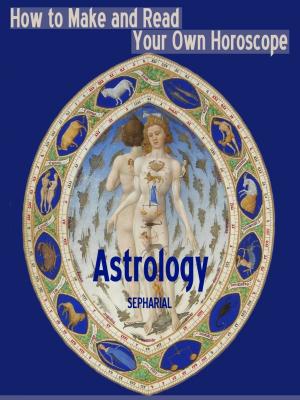The Origin of Man and of His Superstitions (Illustrated)
Nonfiction, History, Civilization, Ancient History| Author: | Carveth Read | ISBN: | 1230000293416 |
| Publisher: | SAVA | Publication: | January 26, 2015 |
| Imprint: | Language: | English |
| Author: | Carveth Read |
| ISBN: | 1230000293416 |
| Publisher: | SAVA |
| Publication: | January 26, 2015 |
| Imprint: | |
| Language: | English |
That the human species as we now see it, with its several races, Mongolian, Negro, Mediterranean, etc., represents a Family of the Primates is generally agreed; and there is evidence that the Family formerly comprised other species that have become extinct. Our nearest surviving zoological relatives are the Gorilla, Chimpanzee and Orang, and (at a further remove) the Siamang and Gibbons; and in spite of the fundamental anatomical resemblance between those apes and ourselves, the difference is so great that some explanation of how it came about is very desirable.
The differences between Man and his nearest relatives are innumerable; but taking the chief of them, and assuming that the minor details are correlated with these, it is the hypothesis of this essay that they may all be traced to the influence of one variation operating amongst the original anthropoid conditions. That variation was the adoption of a flesh-diet and the habits of a hunter in order to obtain it. Without the adoption of a flesh-diet there could have been no hunting; but a flesh-diet obtained without hunting (supposing it possible) could have done nothing for the evolution of our stock.
That the human species as we now see it, with its several races, Mongolian, Negro, Mediterranean, etc., represents a Family of the Primates is generally agreed; and there is evidence that the Family formerly comprised other species that have become extinct. Our nearest surviving zoological relatives are the Gorilla, Chimpanzee and Orang, and (at a further remove) the Siamang and Gibbons; and in spite of the fundamental anatomical resemblance between those apes and ourselves, the difference is so great that some explanation of how it came about is very desirable.
The differences between Man and his nearest relatives are innumerable; but taking the chief of them, and assuming that the minor details are correlated with these, it is the hypothesis of this essay that they may all be traced to the influence of one variation operating amongst the original anthropoid conditions. That variation was the adoption of a flesh-diet and the habits of a hunter in order to obtain it. Without the adoption of a flesh-diet there could have been no hunting; but a flesh-diet obtained without hunting (supposing it possible) could have done nothing for the evolution of our stock.















